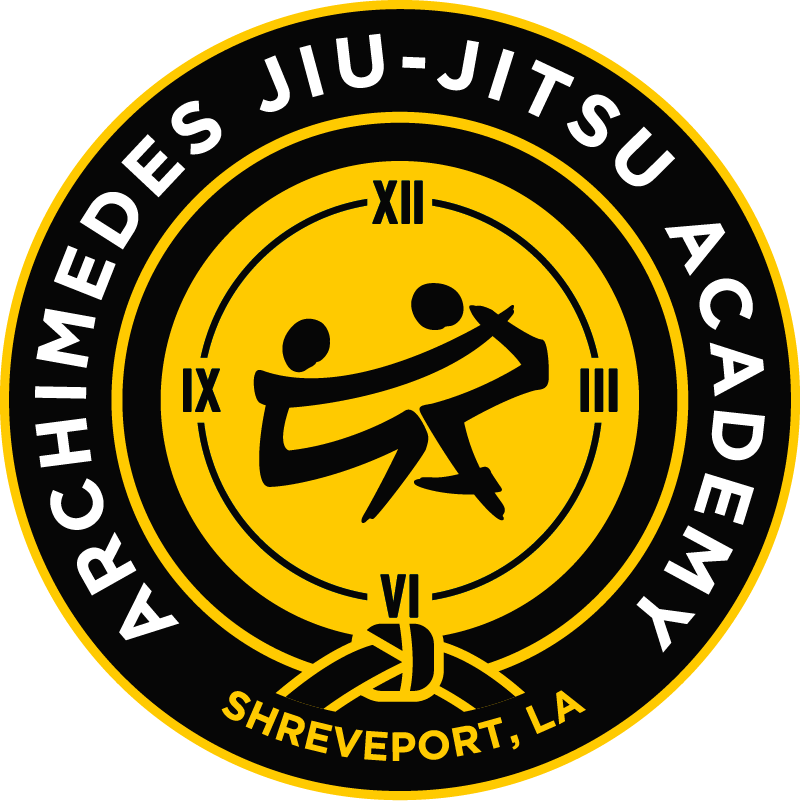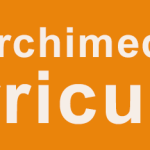Since covering the belts of BJJ the next question you’re probably thinking is, ”How does someone get a belt?” Is there a test? Time? Kata? If you came from another martial arts style where belts are used you may have experience on how belts are awarded in your respective style.
Jiu-Jitsu is a little bit different. While there are large organizations such as the International Brazilian Jiu-Jitsu Federation (IBJJF) that does set guidelines for minimum age and time requirements it however does not set any other requirements. It is up to each individual teacher to assess and award belts. Naturally this can be frustrating to a student because it’s not always clear what the requirements are. To make this easier I will break down a general guideline of how students are assessed. Students are assessed in 4 primary categories: Proficiency in Application, Time, Knowledge, Character. Each of these mixtures along with other considerations are how each student is assessed and awarded belts.
Proficiency in Application is first on our list because it is a must. This means that the student can apply the techniques against a resisting opponent. There is a sense of timing, logic, and leverage. What makes our art unique is we practice full resistance. Anyone can drill an armbar against a compliant partner; it’s a whole other level to do it to an opponent. Naturally you will find techniques that just feel right. These are the ones you’ll want to dive deep into developing a level of proficiency in a development of a game that you can pull opponents into making your chances of victory that much greater. Naturally as you move up the belts the level of proficiency is measured in your ability to perform techniques with greater control, and against more experienced grapplers. This however doesn’t mean that you have to win every grappling encounter. Everyone has a different athletic potential, or circumstance. I do not expect a 40 year old starting out to beat a 23 year old D1 Wrestler to check the proficiency box. That is where the logic piece comes in.
Time is the next requirement. There are 2 types of time that are assessed as minimums. The first type of time that is assessed is time in the art/belt. You can’t learn every Jiu-Jitsu technique in just a handful of years. The body of knowledge in Jiujitsu is massive. Covering grappling in all sorts of areas. In Archimedes we have the Sport (gi/no-gi), Self-Defense, and Combatives. That is a massive body of work to cover. The second aspect of time is age. There are minimum age requirements for certain belts. We follow the IBJJF model of age and time requirements.
Knowledge is the third. Once you get the fundamentals you’ll naturally find yourself diving deeper into those techniques. This is good for proficiency however we always want you to expand your body of knowledge because one of the goals of the mission at Archimedes is to have a mutually beneficial team. Everyone helps everyone else. The more knowledge you have the more you’ll be able to help that new student that has no idea what is going on. Teaching is an inevitable part of this journey. I’ll be asking students to demonstrate the techniques so you’ll be more confident in it’s application.
The final part is Character. This is the student who is leading by example. They take care of their training partner, are dedicated in the drills, have good sportsmanship in competition and don’t become a mat bully. For kids they need to behave at home, and give their best effort in school. Remember we want to develop champions on and off the mats.






